Citation Refresher -->
Citation is not copyright.
- It is attribution that gives credit to the ideas of others.
- All history is built on the work of other scholars so we need this attribution to be able to trace these conversations and to make our own research pathways clear.
- This includes primary and secondary sources.
What is a footnote?
A footnote is a citation anchored directly to the text rather than including it in a bibliography or works cited at the end. This connects your ideas directly to their source.
Guidelines for Blog Posts:
When to use footnotes: or, [efn_note] FOOTNOTES ROCK [/efn_note]
-
When you are including your two mandatory citations from the readings we do as a class.
- These must be from our class readings/videos/podcasts. You are encouraged to incorporate other sources, but this cannot count toward your two citations.
- If you are citing an idea or quoting a text or media item, you need to include page numbers/timestamps, if applicable (blog posts won't have these, etc.).
-
These need to be complete footnotes--correctly styled and not just links or book titles.
-
**UPDATE: To curb confusion everyone must now use the Notes styles from the Chicago Manual of Style:
https://www.chicagomanualofstyle.org/tools_citationguide/citation-guide-1.html
-
**UPDATE: To curb confusion everyone must now use the Notes styles from the Chicago Manual of Style:
- My presentations do not count as citations. If referencing a talk or powerpoint, either link to that presentation (if available) or simply reference it in the text: "In our class discussion on the Federal One Project and the folk..."
Guidelines for Blog Posts, hyperlinks:
When to use hyperlinks:
- If you are discussing a website, digital project, or other source in your text. These do not count toward the two citations but will make for a stronger submission.
-
Hyperlinks should be placed over the title or description of the item you want to link to.
- Do: "The project Mason's Legacies..."
- Do Not: "The project Mason's Legacies, which you can find here,..."
- Generally, use hyperlinks when linking to digitized primary sources that you use in your skill assignments (this will be slightly different for each assignment). If talking about physical primary sources, you will need to include a footnote with archival information (we will discuss this during our archival visit).
Example: http://jessicadoeshistory.com/blog/what-is-the-internet-doing-to-our-brains-2/
Kirby Ferguson, Everything is a Remix, https://www.youtube.com/watch?time_continue=2080&v=nJPERZDfyWc.
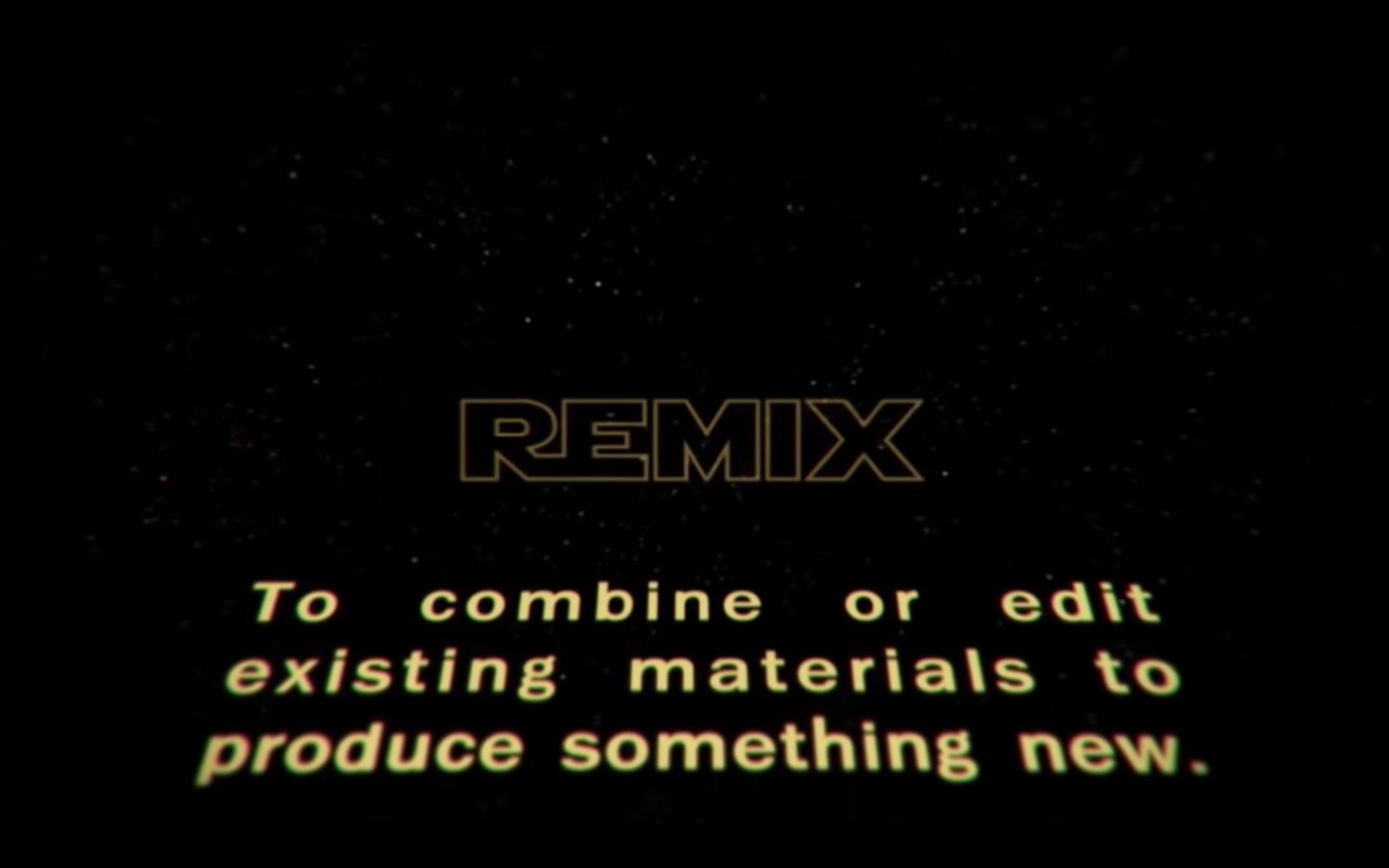
Kirby Ferguson, Everything is a Remix, https://www.youtube.com/watch?time_continue=2080&v=nJPERZDfyWc.
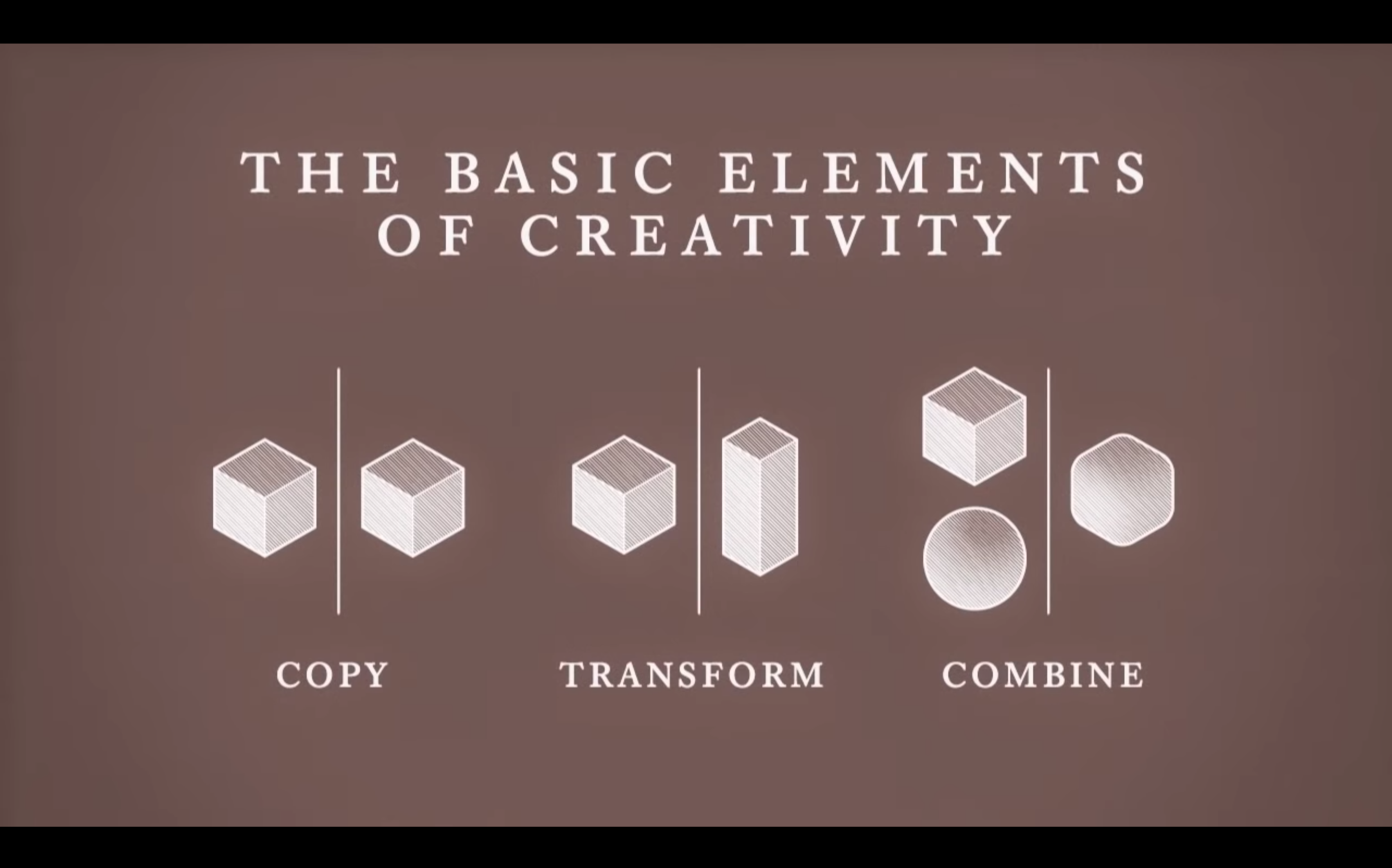
Kirby Ferguson, Everything is a Remix, https://www.youtube.com/watch?time_continue=2080&v=nJPERZDfyWc.
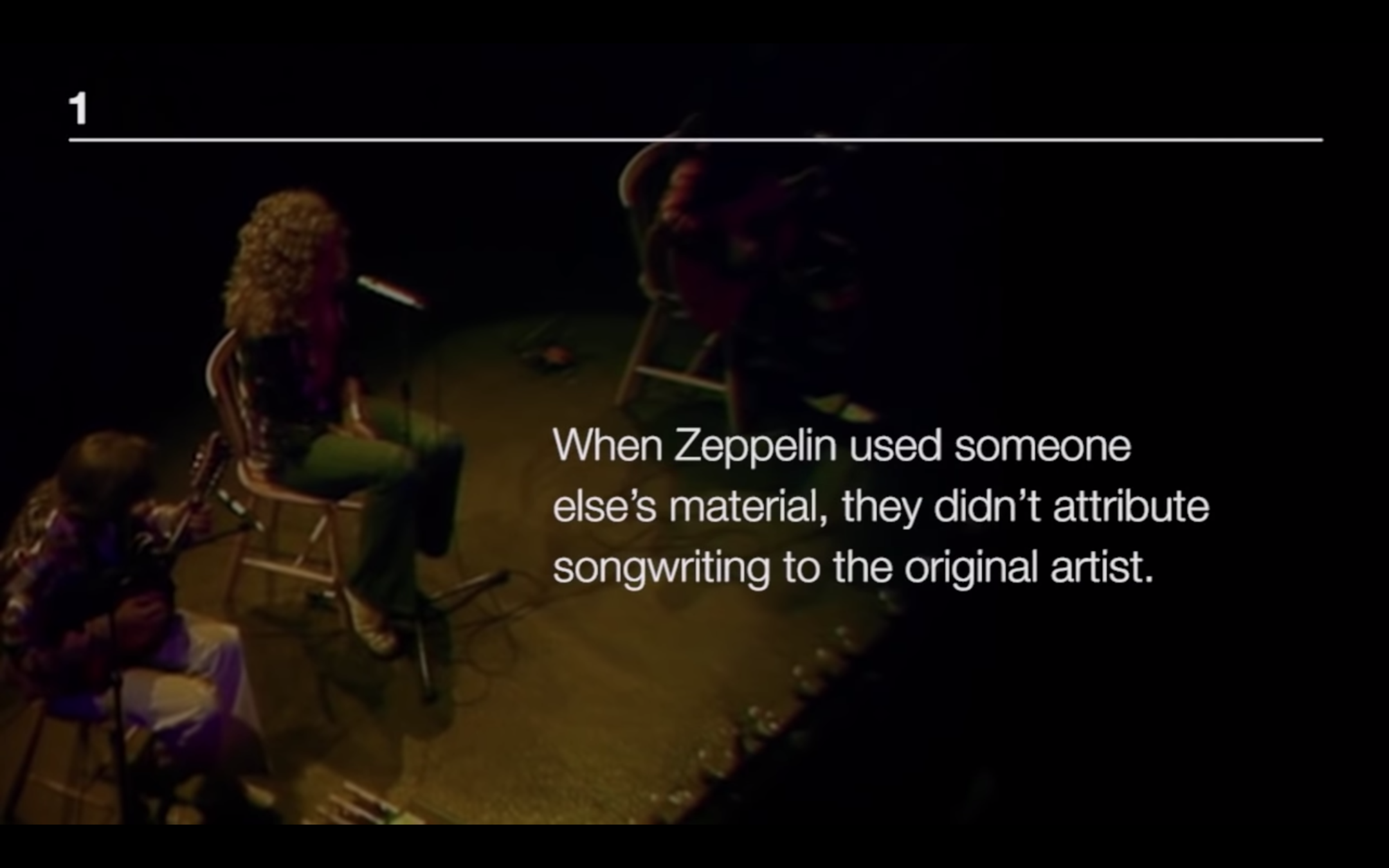
Kirby Ferguson, Everything is a Remix, https://www.youtube.com/watch?time_continue=2080&v=nJPERZDfyWc.
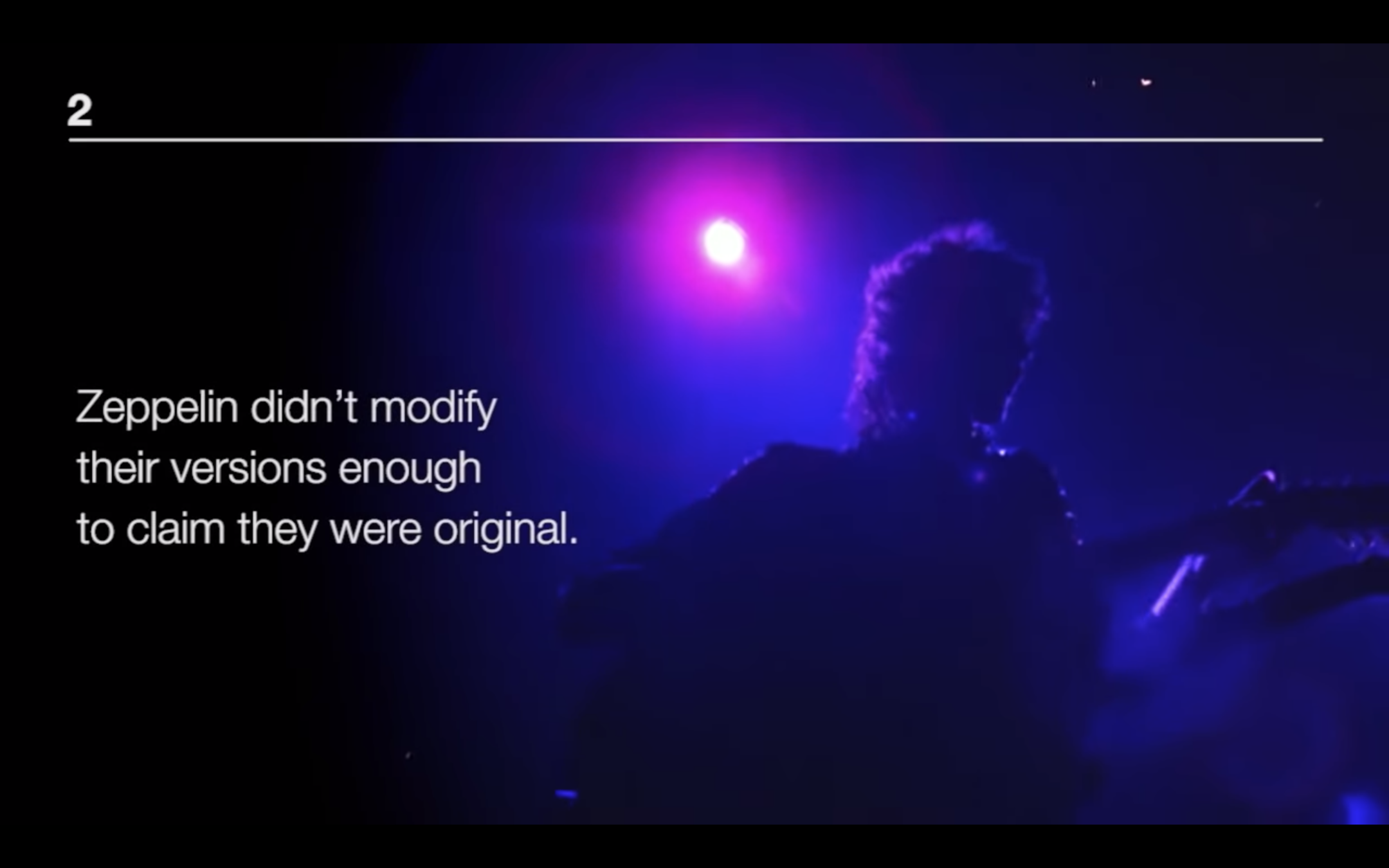
Copyright Law
- Shift from "common good" to treating ideas as intellectual property (IP)
- Protects economic and intellectual rights of the producer (national, not international, law)
- Any work that is "fixed" in a medium is automatically copyrighted (books, movies, songs, etc.)
- Patents are meant to provide this protection for products/inventions
- Legal copyright battles are costly--corporations have a vested interest in extending the terms (Disney)
Mason's Copyright Basics: https://publishing.gmu.edu/communication/copyright/copyright-basics/

tuesday bassen (@tuesdaybassen), https://www.instagram.com/p/BInNp5LDS0T/?utm_source=ig_embed
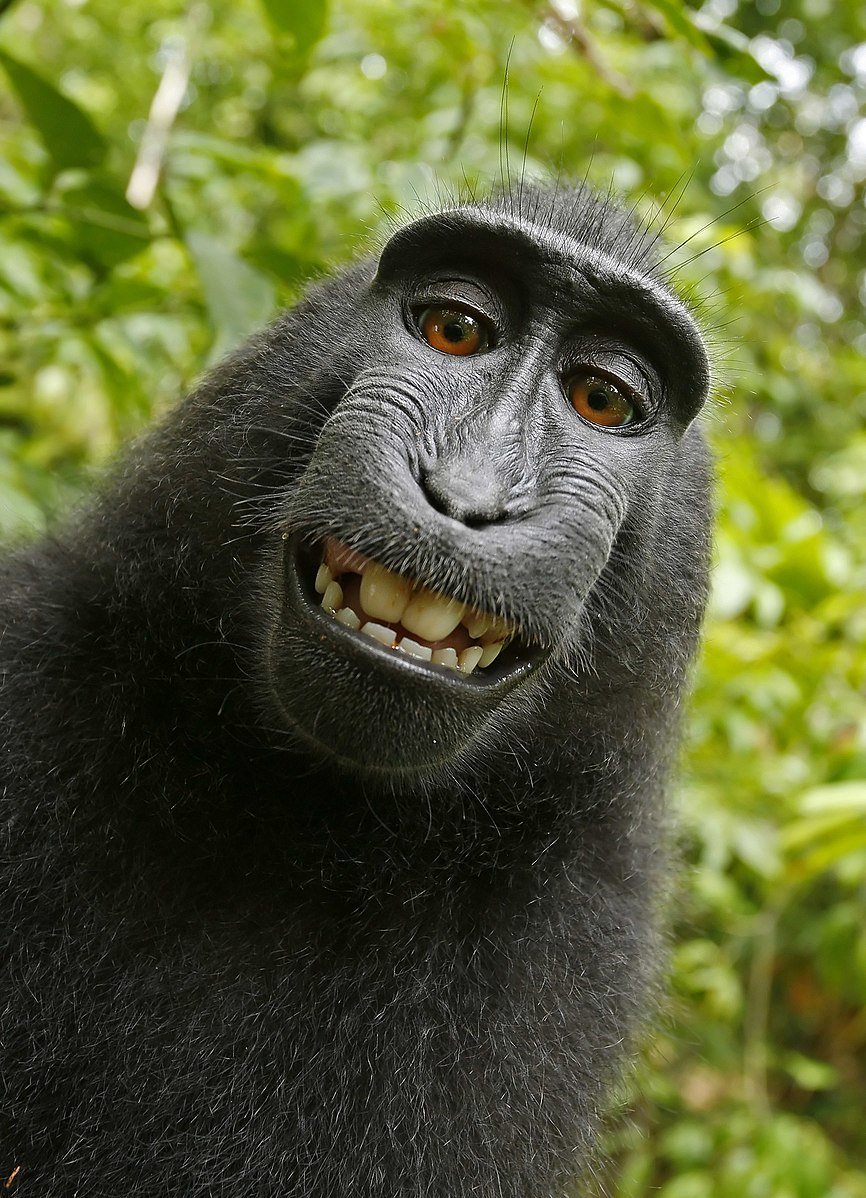
"Monkey Selfie Copyright Dispute," Wikipedia, https://en.wikipedia.org/wiki/Monkey_selfie_copyright_dispute
Post Human IP?
Fair Use
Fair Use "empowers users to copy a portion or, in some cases, all of a work without asking for permission from the content owner" (Mason's Fair Use Guidelines, https://publishing.gmu.edu/communication/copyright/fair-use/)
Intentionally vague, but with a few main considerations:
- the purpose and character of the use, including whether such use is of a commercial nature or is for nonprofit educational purposes;
- the nature of the copyrighted work.
- the amount and substantiality of the portion used in relation to the copyrighted work as a whole; and
- the effect of the use upon the potential market for or value of the copyrighted work.
This includes: parody, satire, analysis, critique, social commentary
Creative Commons
Meant to provide nuance to copyright law that rests on attribution
Born out of the Web 2.0 revolution and the need for more flexible copyright parameters to continue digital "folk culture"
Public Domain
- This is the "common good" that Ferguson references--where all copyrighted works were originally intended to end up
- A body of works that are publicly available for use and remixing
- Roughly, anything created before 1923 has now entered the public domain, but it is important to always check the rights statement before using any image
- Examples:
- NYPL Public Domain Collections
- Federal One/New Deal collections

House of the Rising Sun

For more: https://www.amazon.com/Chasing-Rising-Sun-Journey-American/dp/0743278984
Audio Recording: https://archive.org/details/afc1937001_1404A1
Catalog record: https://www.loc.gov/item/afc9999005.4460